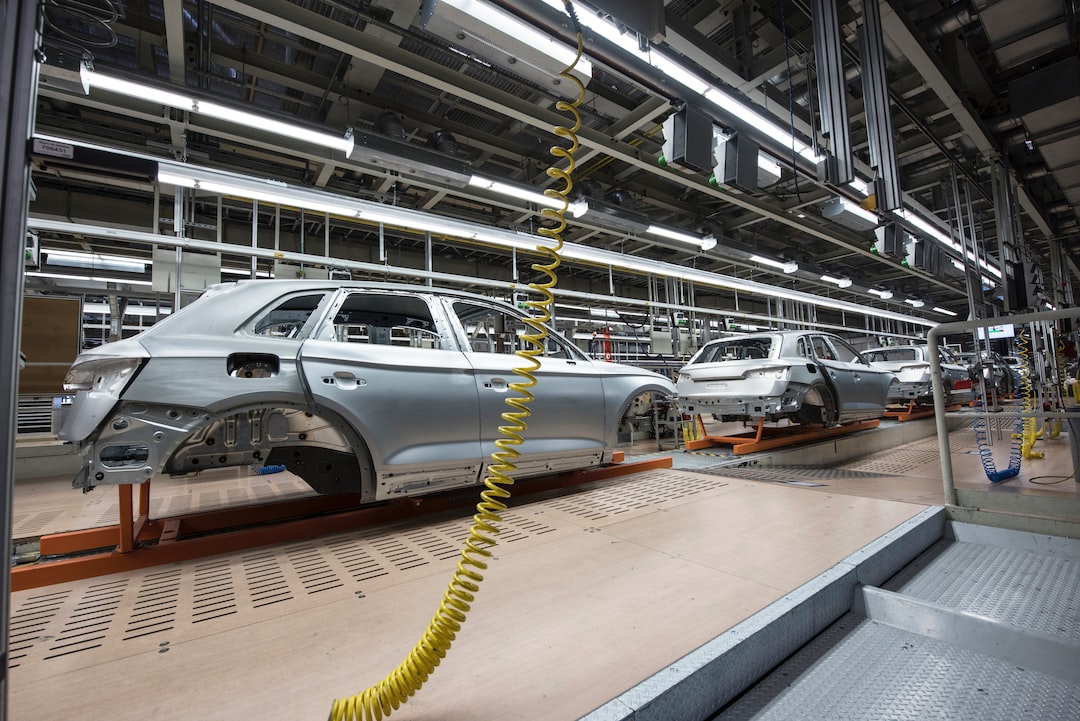Sustainable Manufacturing: Balancing Environmental Responsibility and Profitability
As the world continues to grapple with the effects of climate change and dwindling resources, the concept of sustainable manufacturing has gained importance like never before. The traditional manufacturing model, characterized by its high energy consumption, waste generation, and pollution, is no longer sustainable in the long run. Businesses are now faced with the challenge of redefining their manufacturing practices to align with environmental responsibility and profitability. This blog post explores the intricacies of sustainable manufacturing, highlighting the importance of striking a balance between economic profitability and environmental stewardship.
One of the key principles driving sustainable manufacturing is the adoption of renewable energy resources. Traditional manufacturing processes are heavily dependent on fossil fuels, releasing vast amounts of greenhouse gases into the atmosphere. By transitioning to renewable energy sources such as solar, wind, or hydroelectric power, companies can significantly reduce their carbon footprint. Moreover, investing in renewable energy not only helps in mitigating climate change but also ensures energy security and cost stability, resulting in long-term financial benefits.
In addition to renewable energy adoption, sustainable manufacturing involves minimizing waste generation and optimizing resource efficiency. This can be achieved through measures like recycling, reusing, and reclaiming materials. By integrating a closed-loop system into their operations, companies can reduce the reliance on virgin resources, minimize waste sent to landfills, and lower overall production costs. Implementing resource-efficient practices ensures the preservation of natural resources for future generations while simultaneously enabling a more cost-effective manufacturing process.
A key aspect of sustainable manufacturing is the reduction of hazardous materials usage. Harmful chemicals and substances not only pose risks to the environment but also to the health and safety of workers. By replacing toxic materials with eco-friendly alternatives, companies can improve worker well-being, reduce liability risks, and enhance their public image. Adhering to strict regulations and certifications ensures that the manufacturing process is safe for both the environment and the workforce.
Furthermore, sustainable manufacturing requires a holistic approach throughout the entire supply chain. Companies need to establish strong partnerships with suppliers that prioritize sustainability and ethical practices. By evaluating suppliers based on their environmental performance, businesses can promote sustainable practices throughout their value chain. This not only streamlines the production process but also enhances the brand’s reputation, attracting environmentally conscious consumers.
Another important consideration in sustainable manufacturing is the concept of circular economy. Embracing the principles of a circular economy involves designing products for durability, recyclability, and disassembly. By extending the lifespan of products through repair, refurbishment, or remanufacturing, companies can significantly reduce their environmental impact. Moreover, adopting a circular economy approach leads to the creation of new business opportunities, such as offering repair services or recycling programs, thereby driving profitability in addition to environmental sustainability.
While sustainable manufacturing poses numerous benefits, businesses must also consider potential challenges and trade-offs. The initial costs of transitioning to sustainable practices can be significant, requiring investments in technology upgrades and employee training. However, these costs are often offset by long-term savings, improved efficiency, and enhanced brand reputation. It is crucial for companies to adopt a proactive mindset and view sustainability as a strategic and profitable decision in the long run.
Moreover, sustainable manufacturing requires continuous monitoring and improvement. Companies must invest in data collection and analysis to track their environmental performance and identify areas for further optimization. By setting clear goals and regularly assessing progress, companies can ensure that sustainability remains a top priority and that profitability and environmental responsibility are balanced effectively.
In conclusion, the need for sustainable manufacturing has become paramount in today’s world. By adopting renewable energy, minimizing waste generation, reducing hazardous materials usage, and embracing a circular economy approach, companies can strike a balance between economic profitability and environmental stewardship. Sustainable manufacturing is not only essential for the preservation of our planet but also a strategic decision that drives long-term profitability and enhances brand reputation. The time for sustainable manufacturing is now, and businesses must rise to the challenge to secure a sustainable future for generations to come.

